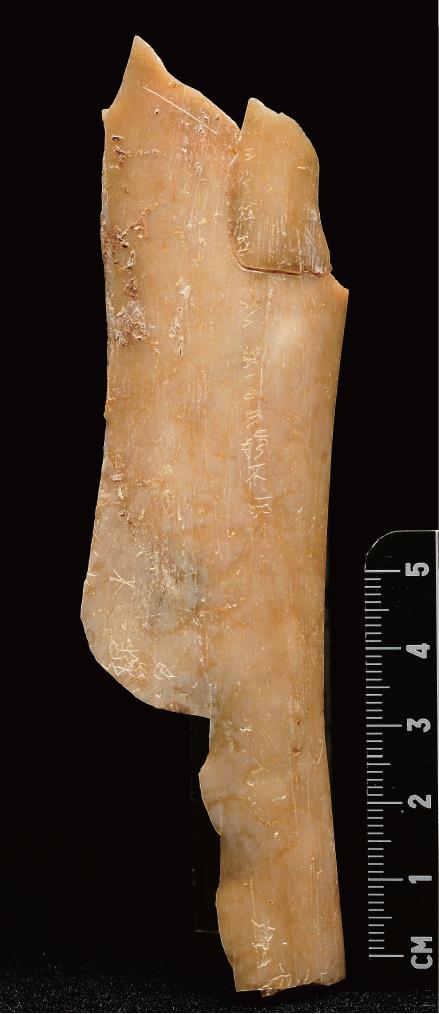Breakthrough findings span from Paleolithic period to Qing Dynasty
Discovery: Findings shed light on origins of Chinese civilization


The early stage of Chinese dynasties — the Xia (c.21st century-16th century BC), Shang (c.16th century-11th century BC) and Zhou (c.11th century-256 BC) dynasties — have always been a focus of China's archaeological research. This time, archaeologists found large-scale rammed earth complexes from the period previous to the Zhou Dynasty at the Zhouyuan Site in Baoji, Shaanxi province, providing key evidence for determining that the site was a capital city for Zhou people before they conquered and replaced the Shang Dynasty.
Archaeologists have also made an unprecedented discovery — three layers of city walls and city gates from Western Zhou Dynasty (c.11th century-771 BC) — at this site, making clear its layout as a capital, offering material for research of the history of urban development in China, according to Chong Jianrong, director of the Shaanxi Academy of Archaeology.
The Wuwangdun mausoleum in Huainan, Anhui province, which dates back to the late Warring States Period (475-221 BC), is the largest and most complex structured high-level tomb of the Chu state — a vassal state from more than 2,000 years ago — discovered and excavated so far.


















